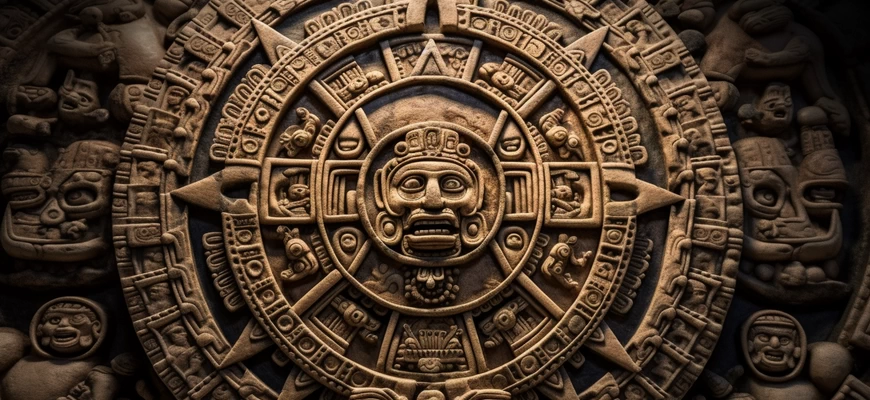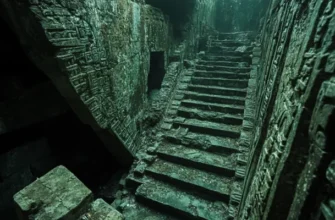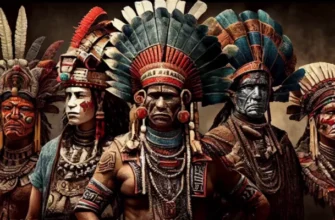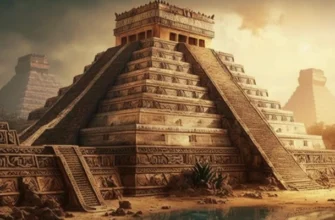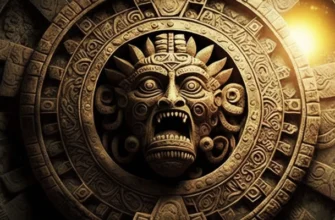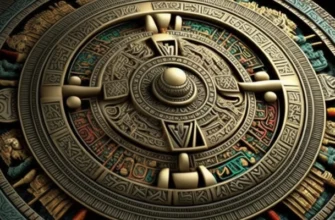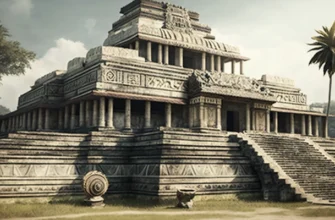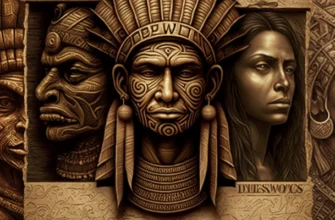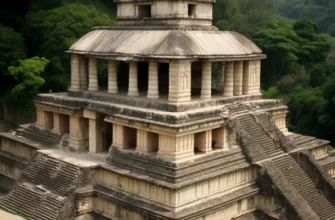The Mayan calendar is a time system used by the Mayan people in Mesoamerica and is one of the most complex calendar systems in the world. What makes the Mayan calendar unique is that it consists of three separate calendars that work in conjunction with each other.
The first calendar, known as the Long Count Calendar, consists of 260 days that reflect the cycle of vegetation growth and decline associated with lunar phases and weather changes. The second calendar, known as the calendar of cycles, consists of 365 days and reflects the annual changes in nature. The third calendar, known as the calendar of the sun, consists of 584 days and reflects the cycle of Venus’ movement.
The Mayan calendar is also known for its numerical systems, which use special symbols to represent numbers. For example, the symbol for the number 1 looks like a dot, and the symbol for the number 5 looks like an arrow. This number system allowed the Maya to perform complex calculations, which was important for their society, where time measurement was of great importance.
The uniqueness of the Mayan calendar lies in its complexity and accuracy, which allowed them to keep track of time with great precision and perform various calculations with high accuracy. To this day, the Mayan calendar remains a vast and mysterious component of the Mayan culture that fascinates researchers and historians from around the world. Many of the interpretations and understandings of the Mayan calendar are still a mystery to scientists because much of the knowledge about this calendar was lost during the conquest of Mesoamerica by European colonists.
Nevertheless, researchers continue to study the Mayan calendar and explore its impact on the culture and history of the Mayan people. For example, it is known that the Maya used the calendar to determine holidays and rituals that depended on different cycles of time. In addition, it is known that the Mayan calendar was used to predict astronomical events such as solar and lunar eclipses.
Thus, the uniqueness of the Mayan calendar lies in its complex and precise time system, which allowed the Maya to keep track of time with high accuracy and perform various calculations. The Mayan calendar remains an extremely important component of the culture and history of the Mayan people and continues to be fascinating and researched by scholars and historians around the world.
History of the Mayan calendar and its development
The Mayan calendar is a time system that originated with the Mayan people in Mesoamerica about 2000 years ago. This calendar was extremely complex and precise, and it was used by the Maya to determine the time of holidays, rituals, and to predict astronomical events such as solar and lunar eclipses.
The Mayan calendar consisted of three different time systems: tun, kin, and katun. A tun is the smallest unit of time in the Mayan calendar, corresponding to 360 days. A kin is one tun further divided into 20 days. Each day of a kin had its own name and symbol that represented it.
A katun is 20 tuns, or 7,200 days. The whole number of katuns can be huge, and they were used to measure the duration of events, such as the reigns of kings or historical events. In addition, the Maya used even larger units of time, such as the baktun (20 katuns) and the pictun (20 baktuns).
The Mayan calendar also had its own systems for recording dates. They were used to mark days in different cycles, as well as for keeping history and other records. These systems included graphic symbols and numerical values that could be combined to indicate a specific day.
The history of the Mayan calendar was quite complex and variable. The calendar originated before the arrival of Spain in Mesoamerica, but when Europeans conquered the area, much knowledge about the calendar was lost. Nevertheless, some Indian people preserved the knowledge of the Mayan calendar and its use, and they passed it down from generation to generation. In the 16th and 17th centuries, numerous treatises and books were written about the Mayan calendar, but their understanding was limited and incomplete.
In the 19th century, American researcher John Lloyd Stevens made an important contribution to the study of the Mayan calendar. He collected numerous textual materials and deciphered many of the symbols and graphic images used in the calendar.
Today, the Mayan calendar remains an object of study and fascination for researchers, as well as for people interested in the culture and history of the Mayan people. Knowledge about the Mayan calendar has helped to decipher many other artifacts and texts that remain from this ancient civilization.
Features of the Mayan calendar: solar, lunar, and long count
The Mayan calendar had several components that were used in parallel: solar, lunar, and long count.
The solar calendar was used to determine days and years. A year consisted of 365 days divided into 18 months, each with 20 days. The last 5 days of the year, which were not part of any month, were called “unlucky days” and were considered unfavorable for any events. The solar calendar begins on August 11, 3114 BC and works on a cyclical basis.
The lunar calendar was used to determine the phases of the moon and the days of the week. The year consisted of 13 months, each with 28 days. However, this system did not correspond to the exact length of the year, so every 52 years it was repeated.
The long count, which included a complex system of numbers and symbols, was used to determine the dates of events in the distant past and future. This calendar made it possible to track events for a period of more than 5000 years and was key to the religious and astronomical life of the Maya.
The Mayan calendar also featured the use of the binary number system to indicate years and days, as well as complex mathematical formulas and symbols for calculating dates. All these elements make the Mayan calendar unique and challenging to understand and research.
Meaning and implications of the Mayan calendar
The Mayan calendar was of great importance to the entire civilization and reflected its high level of development in astronomy and mathematics. It was used to plan agriculture, religious ceremonies, weather forecasting, and to determine the time for important events such as childbirth, weddings, and funerals.
In addition, the Mayan calendar allowed for the tracking of cosmic cycles and astronomical events such as eclipses and planetary movements, which indicates the great interest of this civilization in the natural world and its ability to use this knowledge for its own needs.
The consequences of using the Mayan calendar were important not only for the Mayan civilization itself, but also for the modern world. The Mayan calendar was only discovered by Europeans in the 16th century, and its system of numbers and symbols is still used by researchers and scholars to this day to study Mayan history and culture.
In addition, the prediction of the end of the world associated with the Mayan calendar has generated considerable interest in society, leading to the development of a debate about the nature and significance of this predicted event. Although this predicted catastrophe did not occur, the phenomenon demonstrated the importance of historical and cultural knowledge and prompted further research into Mayan history and culture.
